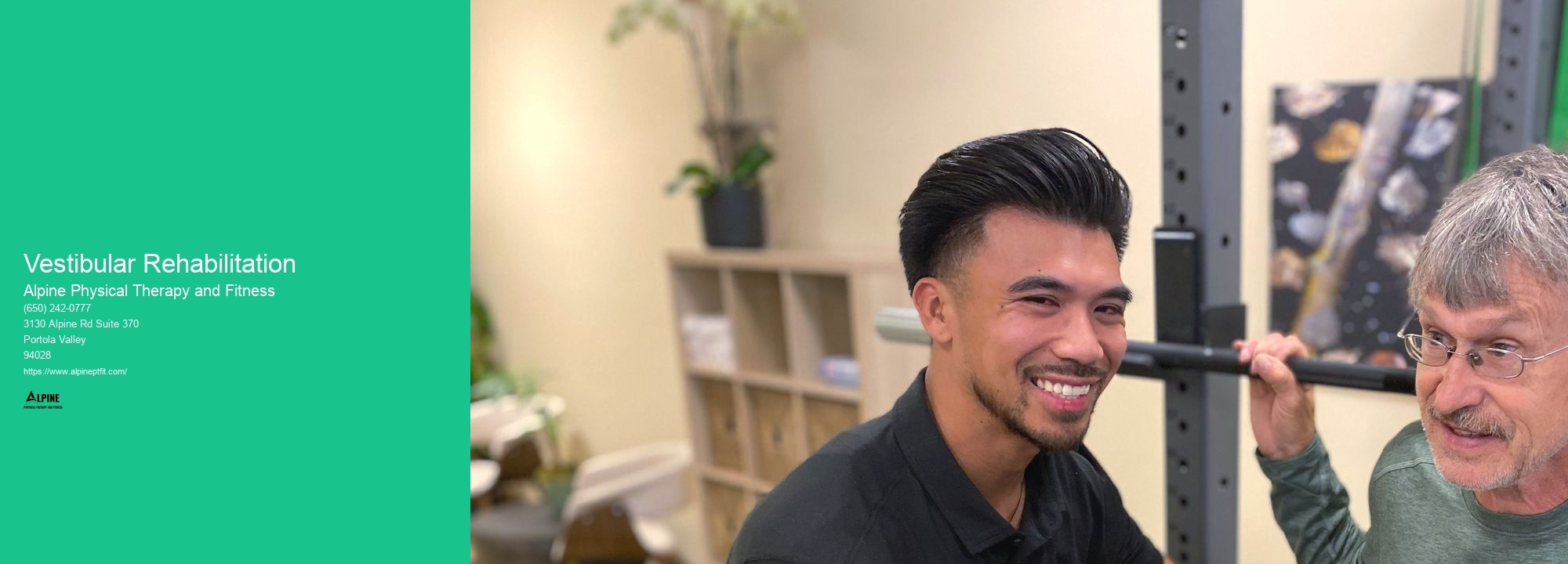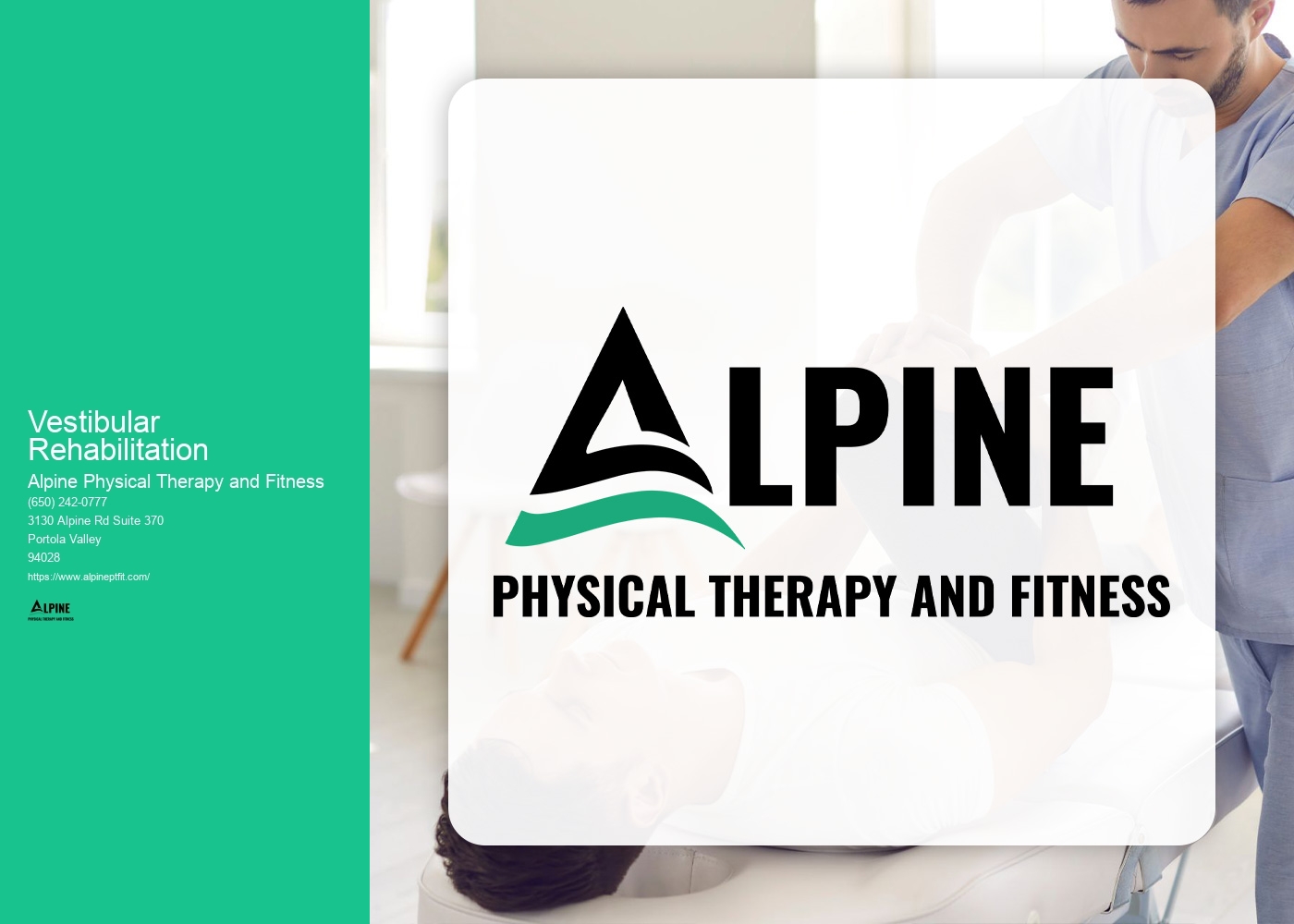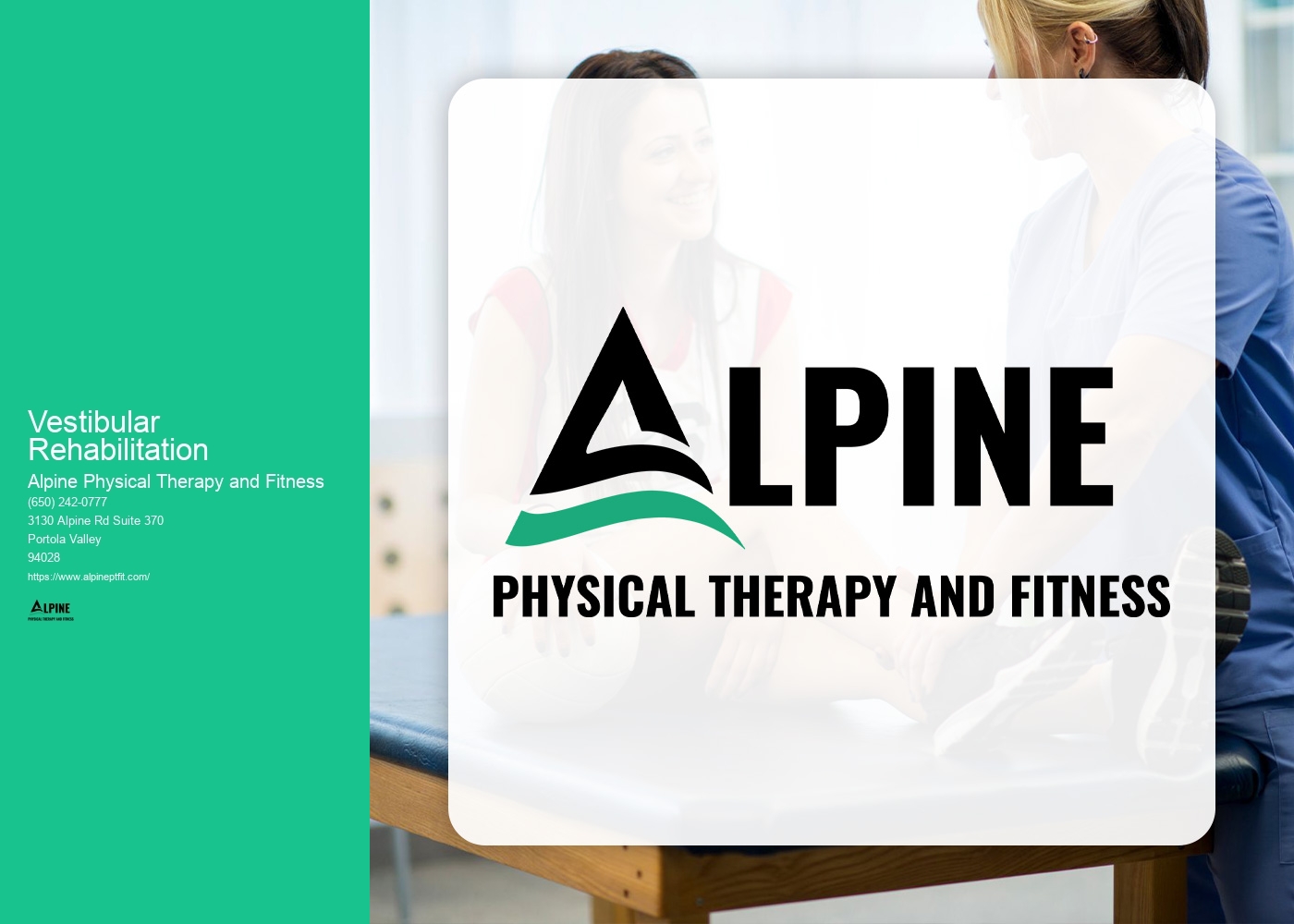

Vestibular rehabilitation is a specialized form of therapy that focuses on improving balance and reducing dizziness in individuals with vestibular disorders. The vestibular system is responsible for maintaining our sense of balance and spatial orientation. When this system is disrupted, it can lead to symptoms such as dizziness, vertigo, and unsteadiness. Vestibular rehabilitation aims to address these symptoms by targeting the underlying causes and helping the brain adapt to the changes in the vestibular system. This type of therapy typically involves a combination of exercises and techniques that are tailored to the individual's specific needs and goals.
Vestibular rehabilitation is effective in helping with balance and dizziness by promoting the brain's ability to compensate for the vestibular dysfunction. Through a series of exercises and techniques, the therapy helps to retrain the brain to rely on other sensory inputs, such as vision and proprioception, to maintain balance and reduce dizziness. This process is known as neuroplasticity, where the brain adapts and rewires itself to compensate for the vestibular deficits. By gradually exposing the individual to controlled movements and challenging environments, vestibular rehabilitation helps to improve balance, reduce dizziness, and enhance overall functional abilities.
Vestibular rehabilitation can be used to treat a wide range of conditions that affect the vestibular system. Some common conditions that can benefit from this therapy include benign paroxysmal positional vertigo (BPPV), vestibular neuritis, labyrinthitis, Ménière's disease, and post-concussion syndrome. Additionally, individuals who experience balance problems and dizziness due to aging, inner ear damage, or other neurological conditions can also benefit from vestibular rehabilitation. The therapy is typically tailored to the specific needs and goals of each individual, ensuring that the treatment plan is personalized and effective.

There are various exercises and techniques used in vestibular rehabilitation, depending on the individual's specific condition and symptoms. Some common exercises include gaze stabilization exercises, which involve focusing on a stationary object while moving the head; balance training exercises, which aim to improve stability and coordination; and habituation exercises, which involve gradually exposing the individual to movements or environments that trigger dizziness or vertigo. Additionally, therapists may also incorporate manual techniques, such as canalith repositioning maneuvers, to treat specific vestibular disorders like BPPV. The specific exercises and techniques used will be determined by the therapist based on the individual's assessment and treatment goals.
The duration of a vestibular rehabilitation program can vary depending on the individual's condition and progress. In general, a typical program may last anywhere from a few weeks to several months. The frequency and duration of therapy sessions will be determined by the therapist based on the individual's needs and goals. It is important to note that vestibular rehabilitation is a gradual process, and improvements may take time. Regular attendance and adherence to the prescribed exercises and techniques are crucial for achieving optimal outcomes.

Vestibular rehabilitation is generally considered safe and well-tolerated. However, like any form of therapy, there may be some potential side effects or risks. These can include temporary increase in dizziness or vertigo during the initial stages of therapy, muscle soreness or fatigue from the exercises, and temporary exacerbation of symptoms. It is important for individuals undergoing vestibular rehabilitation to communicate any concerns or changes in symptoms to their therapist, who can then make appropriate adjustments to the treatment plan.
Vestibular rehabilitation can be done both in a specialized clinic and at home, depending on the individual's needs and resources. In a specialized clinic, individuals can receive personalized assessment, treatment, and guidance from trained therapists who specialize in vestibular rehabilitation. This can be particularly beneficial for individuals with complex or severe vestibular disorders. However, there are also home-based vestibular rehabilitation programs available, which provide individuals with exercises and techniques that can be done independently. These programs often include instructional videos or written materials to guide individuals through the exercises. It is important to consult with a healthcare professional or therapist to determine the most appropriate setting for vestibular rehabilitation based on individual needs and goals.

Physical therapy plays a crucial role in the management of temporomandibular joint (TMJ) disorders by providing targeted interventions to alleviate pain, improve jaw function, and enhance overall quality of life. Through a comprehensive assessment, a physical therapist can identify the specific impairments and functional limitations associated with TMJ disorders, such as limited jaw mobility, muscle imbalances, and joint inflammation. Based on this evaluation, a personalized treatment plan is developed, which may include a combination of manual therapy techniques, therapeutic exercises, and modalities. Manual therapy techniques, such as joint mobilizations and soft tissue mobilizations, aim to restore normal joint mechanics and reduce muscle tension. Therapeutic exercises focus on strengthening the muscles around the jaw, improving jaw stability, and promoting proper alignment. Additionally, modalities like heat or cold therapy, ultrasound, and electrical stimulation may be used to reduce pain and inflammation. By addressing the underlying causes of TMJ disorders and promoting optimal jaw function, physical therapy helps individuals regain pain-free jaw movement, improve chewing and speaking abilities, and ultimately enhance their overall well-being.
Patients with bursitis are recommended to engage in a variety of exercises that can help alleviate symptoms and promote healing. Low-impact exercises such as swimming, cycling, and walking are often suggested as they minimize stress on the affected joints. Strengthening exercises that target the muscles surrounding the affected area, such as leg lifts, squats, and lunges, can also be beneficial. Additionally, stretching exercises that focus on improving flexibility and range of motion, such as yoga or Pilates, may help reduce pain and inflammation. It is important for patients to consult with a healthcare professional or physical therapist to determine the most appropriate exercises for their specific condition and to ensure proper form and technique.
Physical therapy plays a crucial role in postpartum rehabilitation by providing specialized care and treatment to help women recover from the physical changes and challenges that occur after childbirth. The primary goal of postpartum physical therapy is to restore and improve the function and strength of the pelvic floor muscles, abdominal muscles, and other areas of the body that may have been affected during pregnancy and childbirth. Physical therapists use a variety of techniques, such as pelvic floor exercises, manual therapy, and therapeutic exercises, to address issues like pelvic pain, urinary incontinence, diastasis recti, and musculoskeletal pain. Additionally, physical therapy can help women regain their pre-pregnancy fitness level, improve posture, and prevent future injuries. By providing individualized treatment plans and education, physical therapists empower women to regain control of their bodies and enhance their overall well-being during the postpartum period.
Physical therapy can be an effective treatment option for alleviating symptoms of thoracic outlet syndrome. By utilizing a combination of exercises, stretches, and manual therapy techniques, physical therapists can help improve posture, increase range of motion, and strengthen the muscles in the affected area. Additionally, physical therapy can help reduce pain and inflammation, improve blood flow, and address any underlying muscle imbalances or postural abnormalities that may be contributing to the condition. Through a personalized treatment plan, physical therapy can provide relief and improve overall function for individuals with thoracic outlet syndrome.
Physical therapy can be beneficial for individuals with chronic obstructive pulmonary disease (COPD). COPD is a progressive lung disease that can cause difficulty breathing and reduced lung function. Physical therapy interventions, such as exercise training, breathing exercises, and airway clearance techniques, can help improve lung function, increase exercise tolerance, and enhance overall quality of life for individuals with COPD. Exercise training programs can include aerobic exercises, strength training, and flexibility exercises, which can help improve cardiovascular fitness, muscle strength, and joint mobility. Breathing exercises, such as pursed lip breathing and diaphragmatic breathing, can help individuals with COPD improve their breathing patterns and increase their lung capacity. Airway clearance techniques, such as chest physiotherapy and postural drainage, can help clear mucus from the airways and improve lung function. Overall, physical therapy can play a crucial role in the management of COPD by helping individuals improve their respiratory function, reduce symptoms, and enhance their ability to perform daily activities.
Physical therapists play a crucial role in the rehabilitation of swimmers with shoulder injuries. They employ a variety of techniques and exercises to help swimmers regain strength, flexibility, and range of motion in their shoulders. These may include manual therapy techniques such as joint mobilizations and soft tissue mobilizations to improve joint mobility and reduce pain. Therapists also use therapeutic exercises to strengthen the muscles around the shoulder joint, focusing on specific movements and muscle groups that are important for swimming. Additionally, they may incorporate modalities such as heat or cold therapy, ultrasound, or electrical stimulation to further aid in the healing process. By working closely with swimmers, physical therapists can develop personalized treatment plans that address their specific needs and goals, helping them return to the pool safely and effectively.